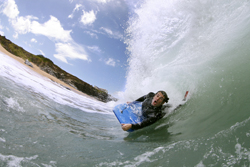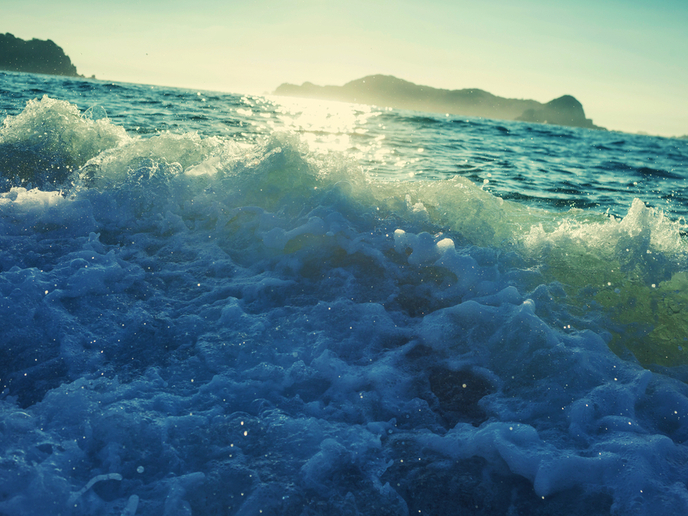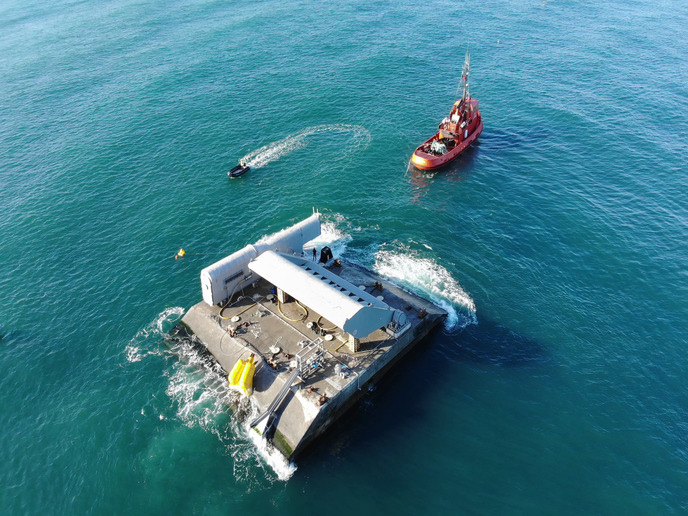Making waves for renewable energy production
The total wave energy resource for all European coastlines are estimated at around 1 000 terawatt-hours (TWh) per annum. For ocean energy to make a significant contribution to EU renewable energy targets, barriers such as cost and WEC reliability must be removed or reduced. Thirteen partners from the 'Components for ocean renewable energy systems' (CORES)(opens in new window) project developed technologies for power take-off, control, moorings, risers, data acquisition and instrumentation for floating wave energy devices. These components were tested for three months on a floating oscillating water column (OWC) test platform at sea at the Galway Bay Intermediate Wave Energy Test Site in Ireland. At the root of the CORES objectives was a wave–to–wire modelling toolbox that enabled developers to evaluate the effect of changes made in device components on performance and cost-effectiveness. The toolbox comprises a range of relevant numerical models, validated at bench-scale and then tested at sea. Main achievements of the CORES project include the development of a validated turbine design methodology and an improved air turbine design for OWCs. The air turbine is a key element in the power conversion chain as it is the primary converter of pneumatic power to mechanical power. CORES researchers also worked on a robust electrical system, concentrating in particular on the power take-off system. CORES scientists successfully developed new improved mooring design methods to improve device performance and reduce project costs. Databases house the full set of data from the three months of sea trials, during which time several storms hit the CORES system on board the ocean energy buoy. Parameters measured include mooring loads, hull motions, weather parameters, safety parameters in use and active errors. Local dissemination was achieved through partners' websites, national press and through national organisations. At the international level, the European Wave and Tidal Energy Conference (EWTEC) 2011 attracted 600 delegates from industry, academia and government. CORES project results should accelerate the development path towards fully commercial devices. It is anticipated that this will occur within the time frame set out in the European Strategy for Sustainable, Competitive and Secure Energy.







